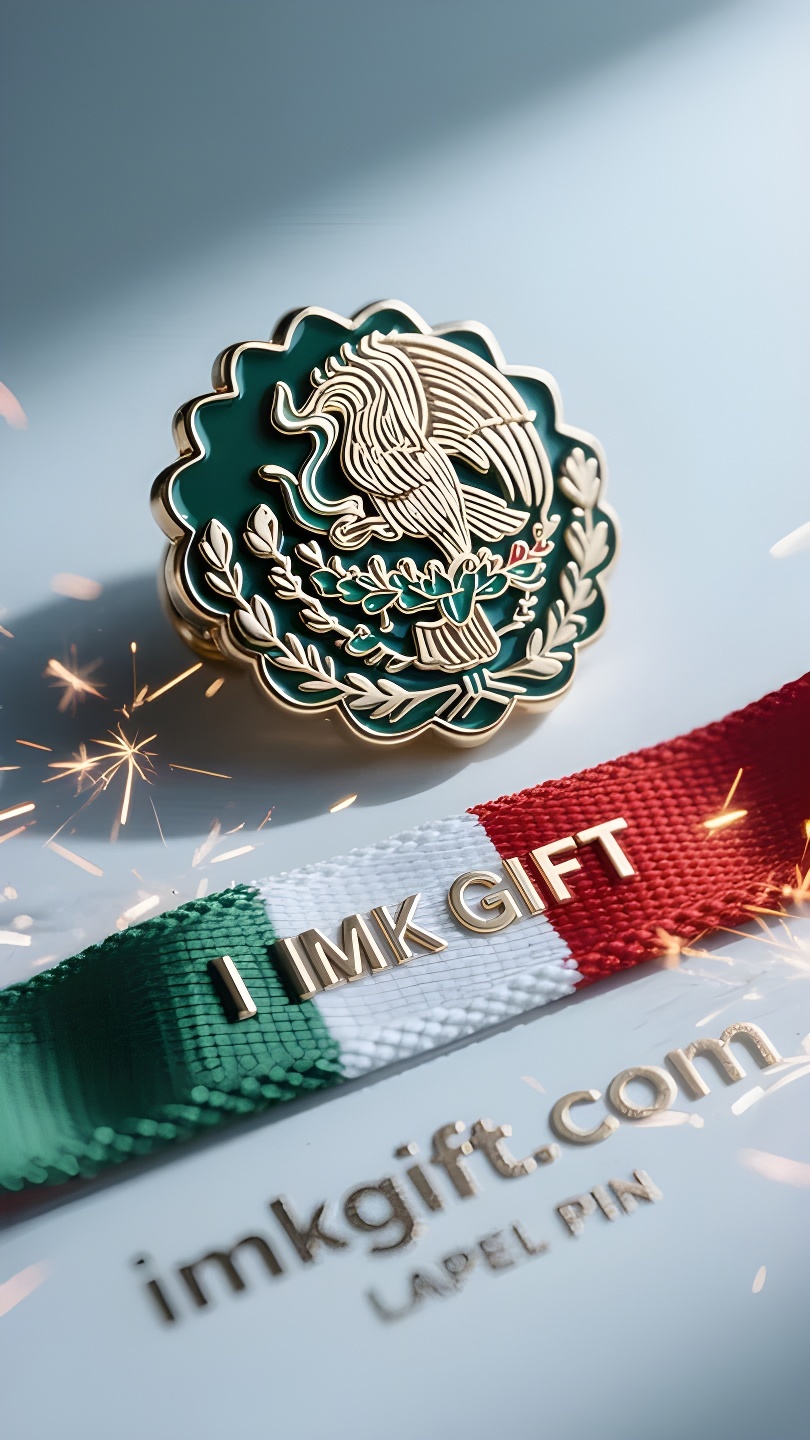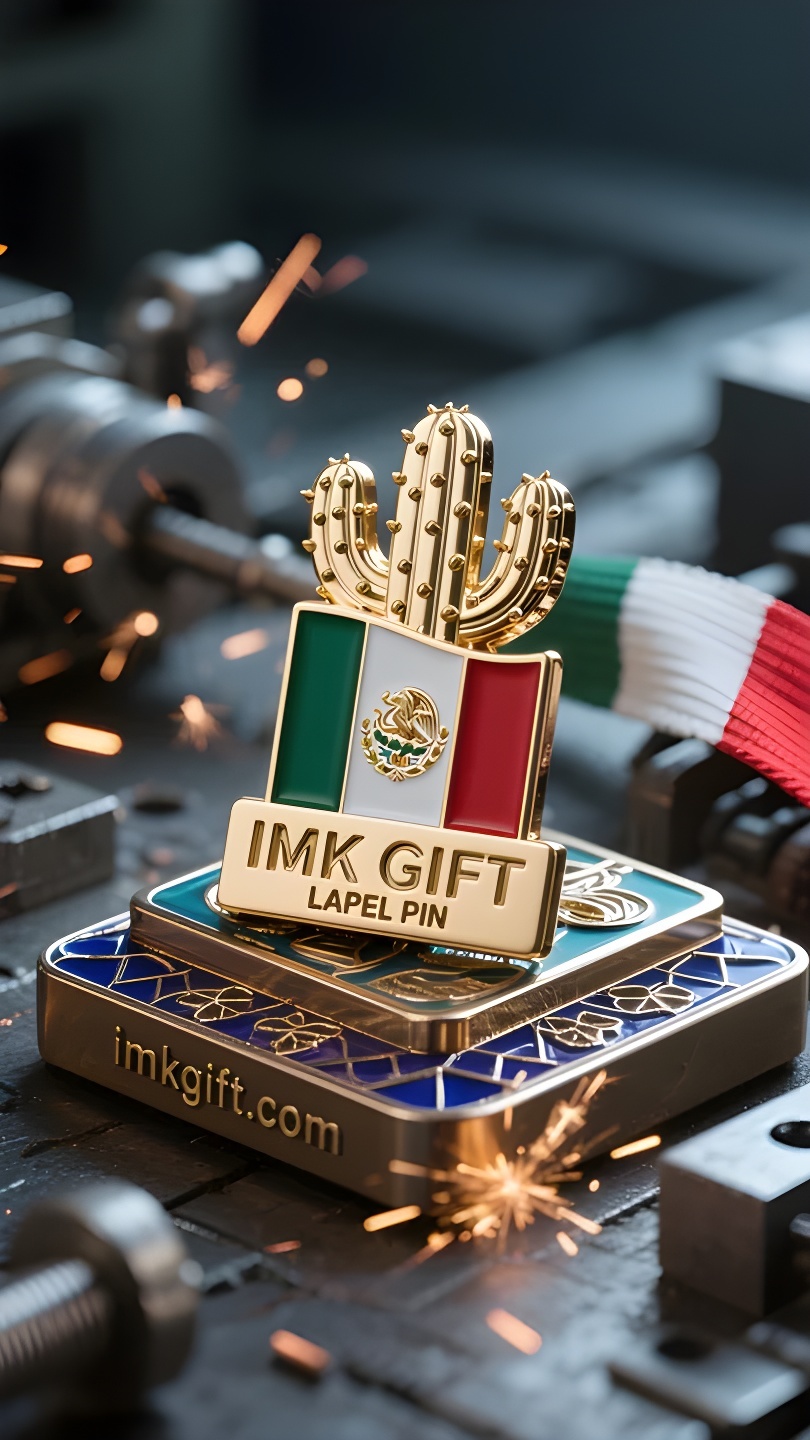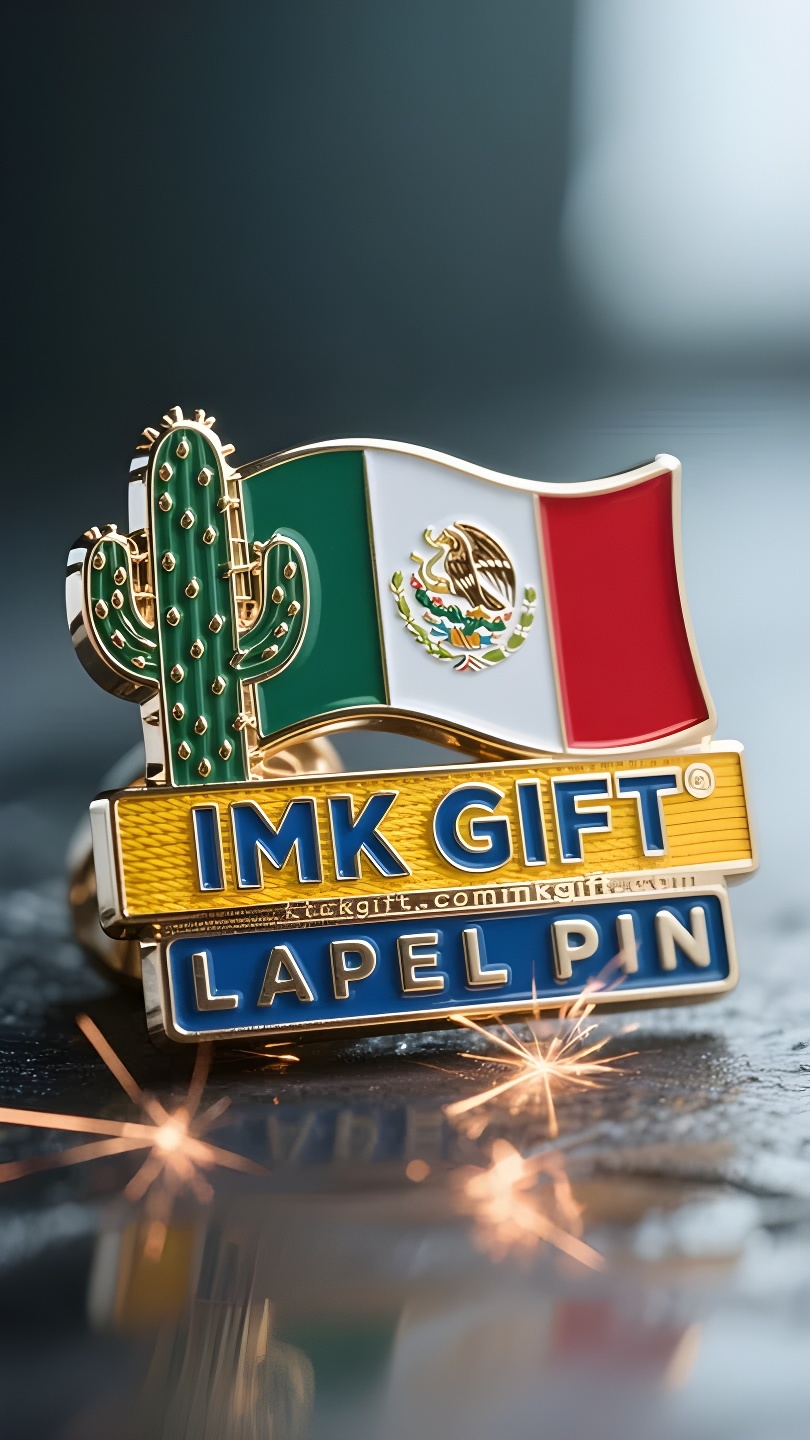in998-Águila-sobre-un-cactus-un-tótem-milenario-del-espíritu-mexicano
▼
En las calles de México, en septiembre, las banderas nacionales verde, blanca y roja ondean bajo el sol. Durante este Mes de la Independencia, cuando la gente mira el emblema nacional en el centro de la bandera, siempre se sorprenderán al ver el tótem del águila sentada majestuosamente sobre un cactus: este no es solo un símbolo nacional, sino también una filosofía de supervivencia que ha perdurado durante miles de años. Según la leyenda, los aztecas buscaron un lugar donde un águila estaba parada sobre un cactus con una serpiente en la boca según un oráculo, y finalmente establecieron la ciudad de Tenochtitlan en una isla en el lago de Texcoco. Hoy, este tótem, simplificado hasta convertirse en emblema nacional, contiene en realidad el código de supervivencia de la nación mexicana: cada espiga del cactus es una declaración contra la pobreza, y su tallo carnoso almacena el poder de la esperanza en la desesperación; El momento en que el águila se lanza en picado captura el coraje de los antepasados para superar las dificultades, y la rendición de la serpiente es una metáfora del control de la crisis. El espíritu sigue vivo mientras los mexicanos modernos revisan esta historia en el Día de la Independencia. Así como los cactus pueden echar raíces en las grietas de las rocas volcánicas, Ciudad de México, una megaciudad construida sobre las ruinas de un antiguo lago, está escribiendo una leyenda contemporánea con acero y hormigón. El águila de la bandera nacional no sólo contempla la gloria de la historia, sino también los pinceles de los muralistas callejeros, las astillas del Parque Científico de Guadalajara y las aspas de los aerogeneradores a lo largo de la costa de Cancún. En este mundo transformado por la pandemia, los mexicanos responden a los retos con la flexibilidad de un cactus: cuando la cadena industrial global está en crisis, sus fábricas de automóviles son las primeras en lograr cero emisiones de carbono; Cuando la crisis climática se intensifica, utilizan métodos antiguos para cultivar maíz resistente a la sequía. Tal como lo muestra el eterno momento dinámico del emblema nacional: la verdadera victoria no está en eliminar las dificultades, sino en bailar con las crisis. Esta puede ser la revelación de supervivencia que México ofrece al mundo: hacer florecer las flores más orgullosas entre las espinas del destino.
In September, the green, white and red flags of Mexico fluttered in the sun. In this month of Independence, when people look up at the national emblem in the center of the flag, they will always be shocked by the eagle totem sitting on the cactus – it is not only a national symbol, but also a philosophy of survival that has spanned thousands of years. According to legend, the Aztecs searched for the place where “the eagle stood on the cactus with a snake in its mouth” according to the oracle, and finally established the city of Tenochtitlan on the island of Lake Texcoco. Today, this totem, which has been simplified into a national emblem, actually hides the survival code of the Mexican nation: each spike of the cactus is a declaration against poverty, and its fleshy stem stores the power of accumulating hope in despair; the moment of the eagle’s swooping freezes the courage of the ancestors to break through difficulties, and the surrender of the snake is a metaphor for the control of the crisis. When modern Mexicans revisit this history on Independence Day, this spirit is still continuing. Just as the cactus can take root in the cracks of volcanic rocks, Mexico City, a super city built on the ruins of an ancient lake, writes a contemporary legend with steel and concrete. The eagle on the national flag not only gazes at the glory of history, but also at the brushes of street muralists, the chips in the Guadalajara Science Park, and the blades of wind turbines along the Cancun coastline. In this world reshaped by the epidemic, Mexicans respond to challenges with the flexibility of cacti: when the global industrial chain is turbulent, their automobile factories are the first to achieve zero carbon emissions; when the climate crisis intensifies, they use ancient methods to cultivate drought-resistant corn. As the eternal dynamic moment in the national emblem shows: the real victory lies not in eliminating difficulties, but in dancing with crises. This may be the survival revelation that Mexico offers to the world-blooming the proudest flowers among the thorns of fate.
九月的墨西哥街头,绿、白、红三色国旗在阳光下猎猎作响。这个独立纪念月里,当人们仰望旗面中央的国徽时,总会被那个雄踞仙人掌的雄鹰图腾震撼——这不仅是国家象征,更是穿越千年的生存哲学。
传说中,阿兹特克人根据神谕寻找”雄鹰衔蛇立于仙人掌”之地,最终在特斯科科湖的岛屿上建立了特诺奇蒂特兰城。今天这个被简化为国徽的图腾,实则暗藏着墨西哥民族的生存密码:仙人掌的每根尖刺都是对抗贫瘠的宣言,它的肉质茎干储存着在绝望中积蓄希望的力量;雄鹰俯冲的瞬间定格了祖先们突破困境的勇气,蛇的降服则隐喻着对危机的掌控。
当现代墨西哥人在独立日重温这段历史时,这份精神仍在延续。就像仙人掌能在火山岩缝中生根,墨西哥城这座建立在古湖遗址上的超级都市,用钢筋水泥书写着当代传奇。国旗上的雄鹰不仅凝视着历史荣光,更注视着街头壁画家的画笔、瓜达拉哈拉科技园的芯片、坎昆海岸线旁的风力发电机叶片。
在这个被疫情重塑的世界里,墨西哥人用仙人掌般的柔韧应对挑战:当全球产业链动荡时,他们的汽车工厂率先实现零碳排放;当气候危机加剧时,他们用古法培育抗旱玉米。正如国徽中那个永恒的动态瞬间所昭示的:真正的胜利不在于消灭困难,而在于与危机共舞的姿态。这或许就是墨西哥献给世界的生存启示——在命运的荆棘中,开出最骄傲的花。
▼
Contact Us
📞 Tel: +0086-760-85286839
📧 Email: sales3@imkgift.com








